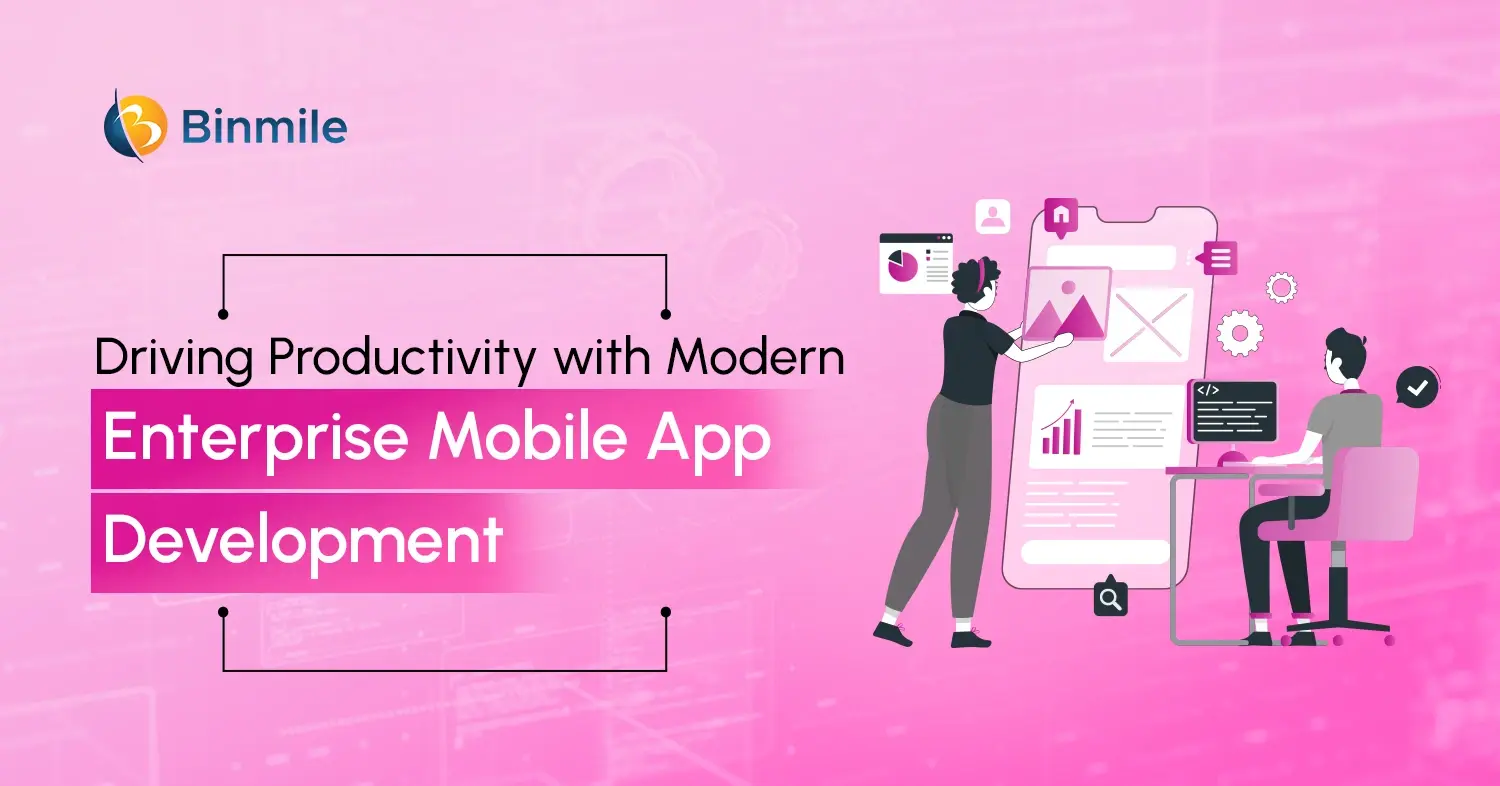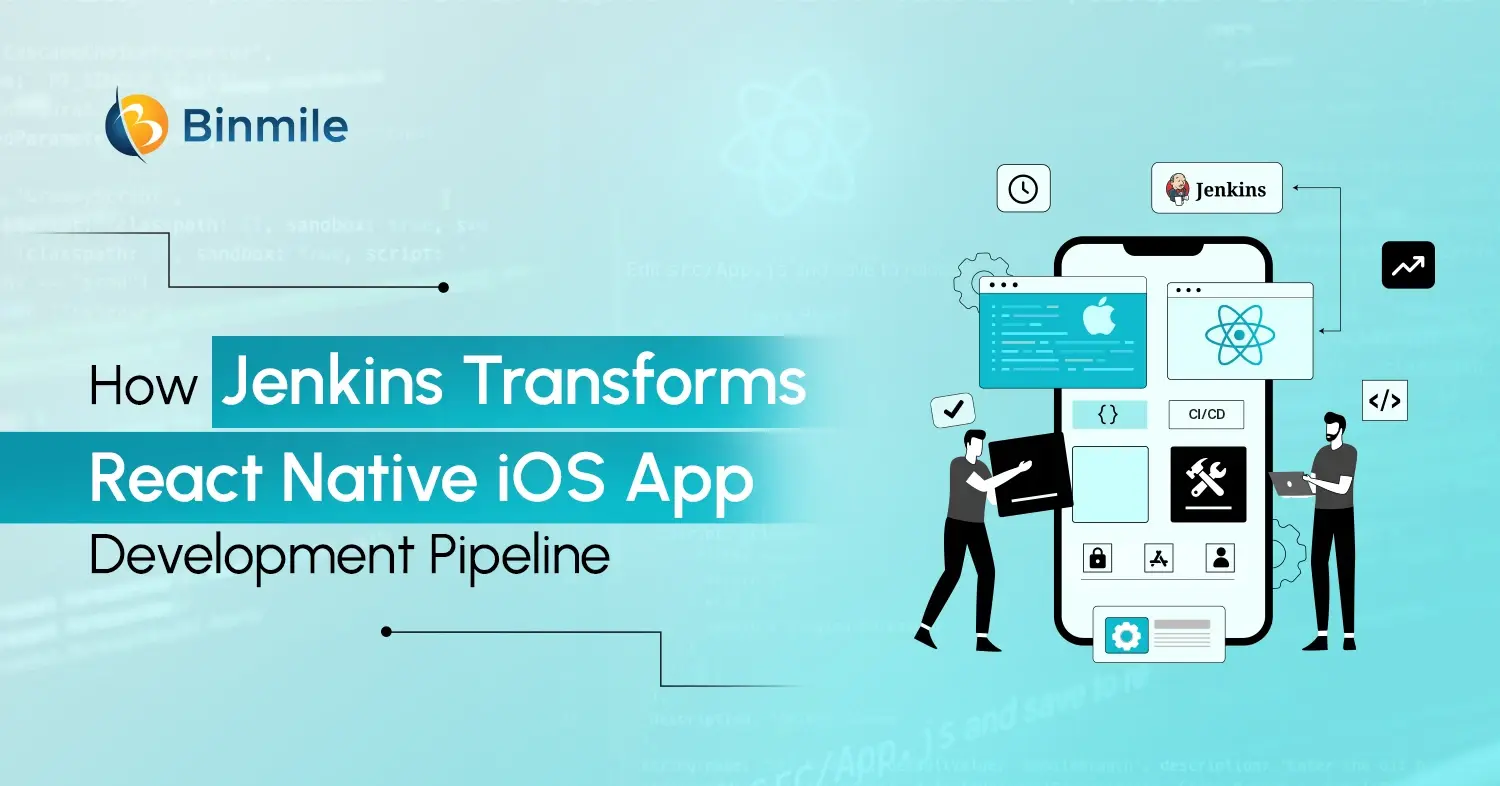The app technology stack is a unique link between a possible idea and a successful mobile app. That is why choosing the right tech stack for your next mobile app matters the most. Before moving ahead, it is vital to understand what the mobile development stack is in the world of technology. Basically, the mobile stack is an ideal mix of frameworks, tools, programming languages, platforms, UX/UI software, and other technologies needed to advance a functional mobile app. The mobile stack is divided into the following component types: Frontend (interface development), backend (creation of underlying processing on the server), development (platform for libraries and interfaces), and support (technology and tools for app feature enhancement). This content discusses more on the Android technology stack for mobile application development.
Android Technology Stack: All You Need to Know About
Web developers prefer to use various tools and technologies that improve the flexibility, security, and performance of the app. Your technology preference for a mobile stack largely depends on the app platform you are targeting. If you plan to develop a mobile app for Android, focus on the core app technology to use for Android app development.
Programming Languages
Java language
- Most popular language for Android app development
- Used by major companies
- Well-supported and great scalability
- Wide option of tools and libraries
- Open-source platform
Kotlin Language
- Favorite amongst app developers
- 2nd official Android development language declared by Google
- Cleaner code with Kotlin
- It saves roughly 30% off code space
- 100% compatible with JVM
- Ideal for Java frameworks to develop apps
Android App Development Tools
Android Studio is the official development platform for Google’s Android app. Built upon the Jetbrain technology, Android Studio offers an intuitive interface for mobile app developers to create functional Android apps.
UI Framework
- Jetpack Compose (modern UI toolkit)
- It helps developers describe the UI elements
- Dynamic rendering
- Available in developer’s version
- Not production-ready
Android UI
- Pre-built templates
- Handy for developers
- Building user interfaces quickly
Also Read: Enterprise Application Development Challenges for Business
Criteria to Choose the Android Technology Stack for Mobile
All app development projects are not the same, so it is not wise to suggest a predefined set of mobile app development technologies for all projects. Every app is unique in terms of its usage and utility, with its own specific requirements. Therefore, your app needs special treatment to achieve its goals. Android apps are different from iOS apps, which is why you need to stick to a particular technology stack to make the most out of Android apps.
Technology and platforms come with certain features and limits. So, it is silly to expect the same results from outdated and overused tools. Your tech stack choice should reflect the expertise of your Android app team and developers. Don’t stick to tools and technologies that make your team feel uncomfortable and helpless. Pick the tech stack that your team is proficient with. From ecosystem to 3rd party integration, there is a long list of questions that need the right answers. It will be great to have a flexible tech stack to make the most of your next project. Check out the following factors when you pick up a mobile tech stack for Android apps.
Purpose of the Mobile App
The choice of technologies determines what you are trying to get with your app. If you aim at both iOS and Android users in the least amount of time, you needn’t have two different apps. You can make an intelligent decision and fulfill your purpose with cross-platform tech stacks. If you need apps with device-specific APIs, you need to write native codes or use 3rd party framework. You can’t depend on native toolkits to get the job done.
Scalability
Start things by focusing on the delivery of primary features in the nascent stage. Then, you can plan for scalability after the application grows. When users and traffic increase, you can think of utilizing technologies to support stable system architecture. Pick up from the list of server, hosting provider, database, and programming languages to make operations seamless.
Security
Give priority to the android app’s security, irrespective of your platform to build the app. Do not compromise with malicious attacks that could employ the vulnerabilities. So, build Android mobile apps with unique features leveraging popular mobile app technology. Go for a properly documented strategy that comes with a leaner, cleaner framework. Take help from a toolkit that avoids writing lengthy codes.
Complexity
An app comes with loads of UI elements. It does not mean the app is complex. Complexity has a different meaning for developers as it reflects the interaction of the app with various features and backend communication. You can try native mobile stacks if you want to access features detailed to devices. You can build complex apps using cross-platform tools using native development services.
Development Timeline
Every month, Google Playstore releases more than 1 lac apps. So, it becomes valuable to pick up a mobile development technology that suits your app development and launch timeline. Go for tools that help you get the app ready in the least amount of time if you are building an MVP.
Summing Up
Choosing among native, hybrid, cross-platform, and web apps is vital in mobile app development. You can take the best out of your mobile app needs by taking timely help and guidance from a professional service provider. Know why hiring android app development company for next app development project is significant. Choose the right mobile stack for Android as per your changing business and mobile application needs.









